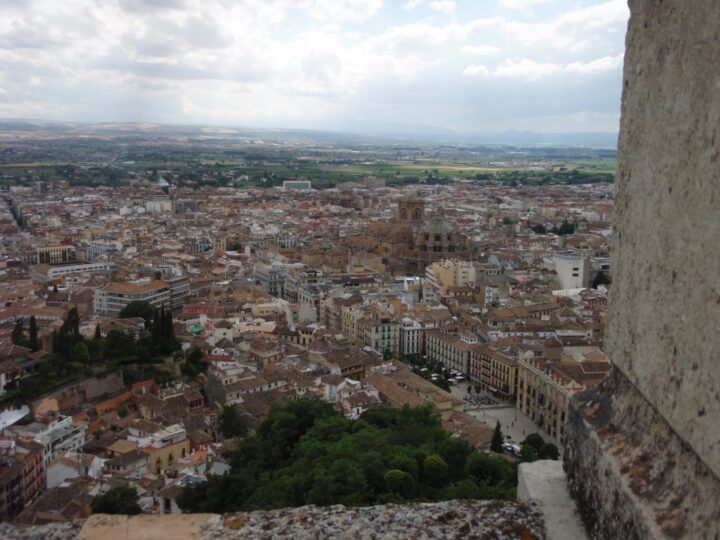What We Spent on Lodging in South America (Lots of Charts!)
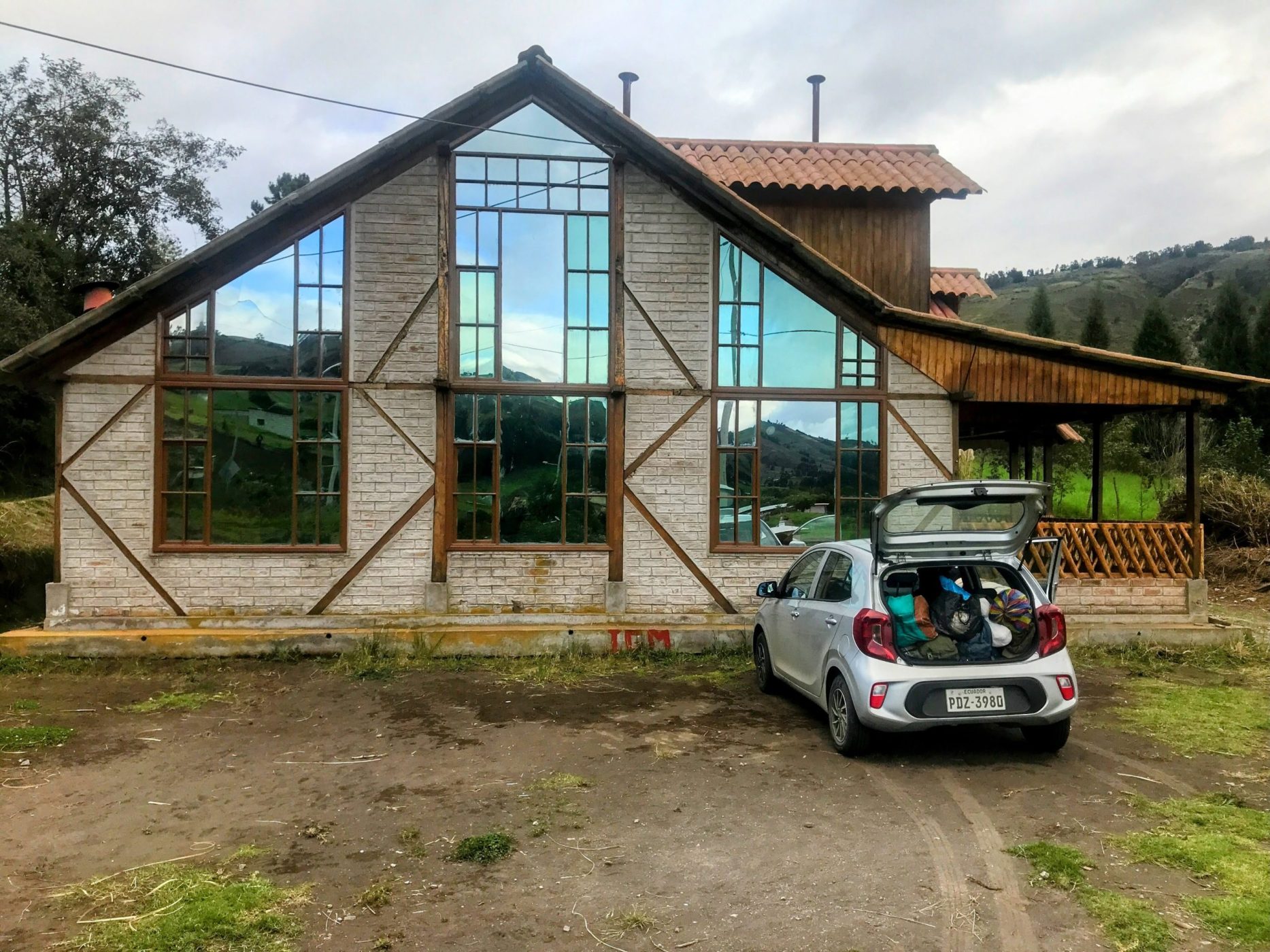
This month, I’ve been writing a lot about budget-friendly, long-term family travel. I started with an overview of how to travel on the cheap, while not sacrificing on experience. In this article I focus on cost of lodging.
How much can you expect to spend for lodging in South America?
That type of question is predictably complicated to answer since it depends on so many factors. What are your requirements? How large is your group? Where will you be and in what month?
For an entire year, we traveled the extents of this vast continent. My nerdy engineering brain decided it was a good idea to log the details of each night we slept under a roof. Here are the results of that analysis for the benefit of any reader who should stumble upon this.
Our Preferences
First, it might help to provide a little context. What type of travelers are we?
We are a family of five. Two adults and three boys ranging from three to nine years of age.
We can deal with inconveniences: tepid showers, no clothes dryer, a gas oven you have to light with a teeny-tiny match. But we don’t beeline toward the cheapest option.
The ambiance is important to us. Soulless, coldly lit cinderblock apartments are a pass unless options are slim. We read the reviews judiciously and try to avoid miserable stays. Our budgetary preferences toggle between cutting costs and splurging on comfort.
All that to say, we are not extreme in either direction. Someone with a stricter budget could do much better on cost, whereas a luxury traveler would find many of our picks too true to local standards of living. So keep that in mind as you use our data points for your own budgeting.
Our Requirements
It’s important to determine your priorities. For longer stays (10 days to a month or longer) we tend to have a default set of filters we use when browsing the booking websites:
- WiFi: As digital nomads, this is a must.
- Kitchen: Even if this costs slightly more, we save by cooking at home. Plus, we find that having young children wait for food at a restaurant can negate the convenience of not having to cook.
- Minimum 2 bedrooms: It’s nice sleeping kids and adults in separate rooms. Also, we always have to double-check the bed count to make sure we all have somewhere to sleep.
- Clothes Washing Machine: Five people with limited clothing options must run frequent loads.
- Entertainment (optional, but not really): With three boys, having something to do around the house is critical for everyone’s sanity. What that entertainment ends up as varies. A few examples: children’s toys or games, a swimming pool, a nearby river, farm animals, other kids, a TV.
For shorter stays we sometimes waive a few requirements in the interest of saving money.
What We Spent On Average

If you take our total cost of lodging for our entire year of travel and divide by the number of nights, our average nightly rate was $71.12.
That said, there were several stays that skewed the numbers. They were so unusual that they ended up ruining anything I could say definitively for a reader trying to make sense of this. So for the rest of this post I’m going to sweep them under the bed, like all the sand our boys tracked in when we stayed near the beach.
In case you’re curious, here is what I’m leaving out:
- 3 Permaculture Volunteering Experiences and an Intentional Community: Two of those experiences cost roughly $1,000 per week (or $143 / night). That’s high, but they also included programming, classes, regular tours, transportation and most of our food. At EcoCaminhos we stayed in their brand new, state-of-the-art, bioconstructed lodge. Our overall costs for those stays weren’t actually more what they were for our more typically-priced stays since they were all inclusive. But there was no way for me to disentangle the cost of lodging from the overall lump sum.
- Free Stays: Those include five days with family, two weeks volunteering at a coffee farm (through a personal connection), two weeks staying on a Chilean family farm (also through a personal connection), and two nights in an Amtrak sleeper car (free with points). Free stays are the pinnacle of budget-friendly travel. But in the interest of giving you a fair and square average, I ignored these.
So for all lodging that was booked in the usual way, our average nightly rate was $61.26.
Our average nightly rate for normal bookings was $61.26.
Cost By Type of Lodging
You might be curious to see how different types of lodging affected price. In fact, you probably assume that a hotel room with a pair of beds cost far less than a modern 3-bedroom house with a swimming pool.

But first, let me explain the categories.
A house is a stand alone structure that has all the amenities to live a modern existence indefinitely. A cabin is like a house, but rustic and lacks important amenities. An apartment requires no explanation. Hostel / boutique hotel used to be two categories, but I was having trouble making a clean distinction between the two. Unlike standard chain hotels (in which we stayed exactly one night in during our layover in Orlando on our homecoming flight), these are independently-owned, quirky, usually have less than a dozen rooms, and are often very basic.
So what the heck? Why does a cabin or an apartment cost more than a house?
Fear not. The world makes more sense than that, but only by a little bit.
Here are a few explainers. First, we tended to opt for cheaper options wherever housing was more expensive. That evened out our costs, especially when staying for short amounts of time in big cities.
The other reason, which I will explain more in a moment, is that longer stays come with a discount. And we tended to stay longer in more comfortable places, which were typically multi-bedroom houses.
Further Proof That Cost Does Not Always Equal Comfort
Depending on where you are, what’s going on at the moment, the honesty or deceptiveness of the listing, and many other factors I am unable to discern, your money will buy you absurdly different levels of quality.
High Quality, Low Cost
Here are some examples of where our money stretched the farthest. We made sure to book LONG stays when we found these gems.
House with Swimming Pool – Pereira, Colombia – $41.65 per Night
We stayed a month in this modern and well appointed home. It provided the perfect base for exploring Colombia’s coffee growing region.
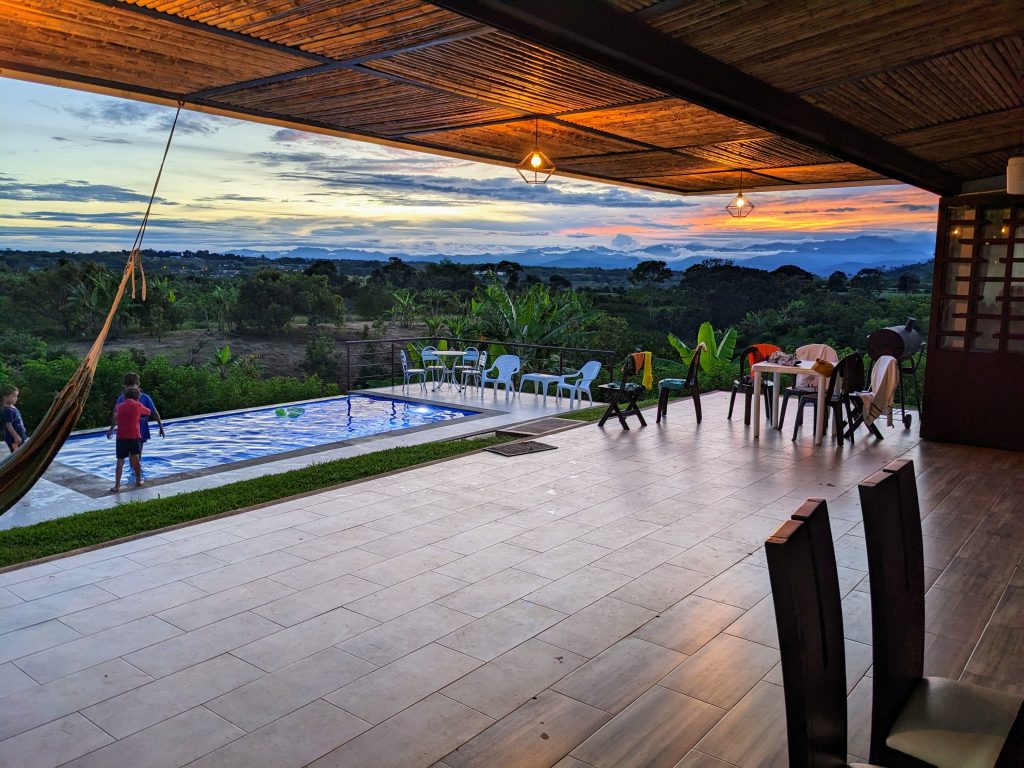
Apartment with Views – Cochabamba, Bolivia – $40.30 per Night
Even though this Airbnb was an apartment, it had three bedrooms, three baths, and was larger and nicer than most houses we stayed in. It had modern amenities and stunning views of the city.
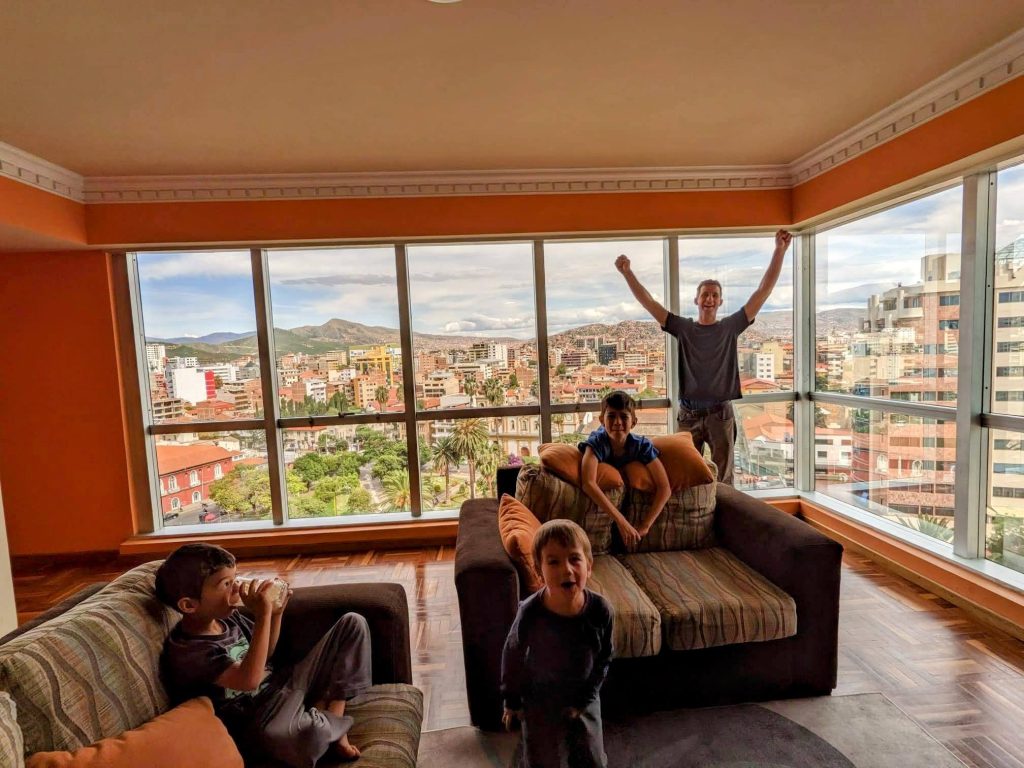
Three Story House in Gated Community – Teresópolis, Brazil – $42.34 per Night
This stay is near and dear to our hearts. We spent our first full month here, our “honeymoon” phase. The gated community had every amenity you could imagine: swimming pool, indoor thermal pool, weight room, playground with trampoline, game room, and lots of park and picnic areas. The house was well stocked and beautiful inside and out.
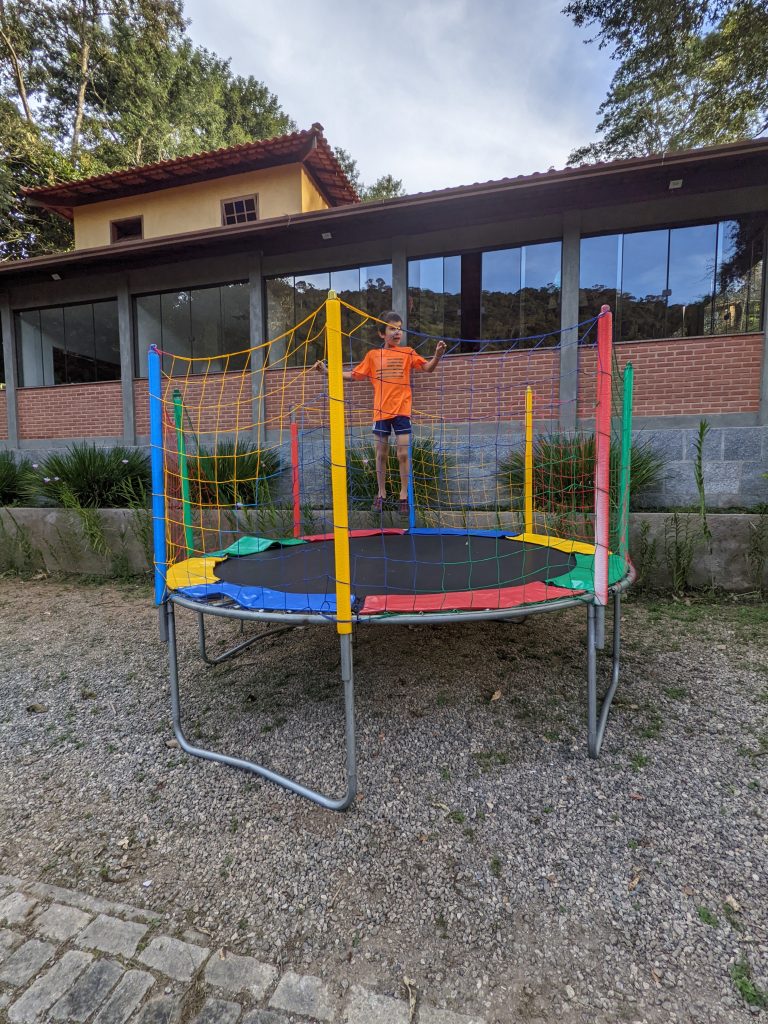
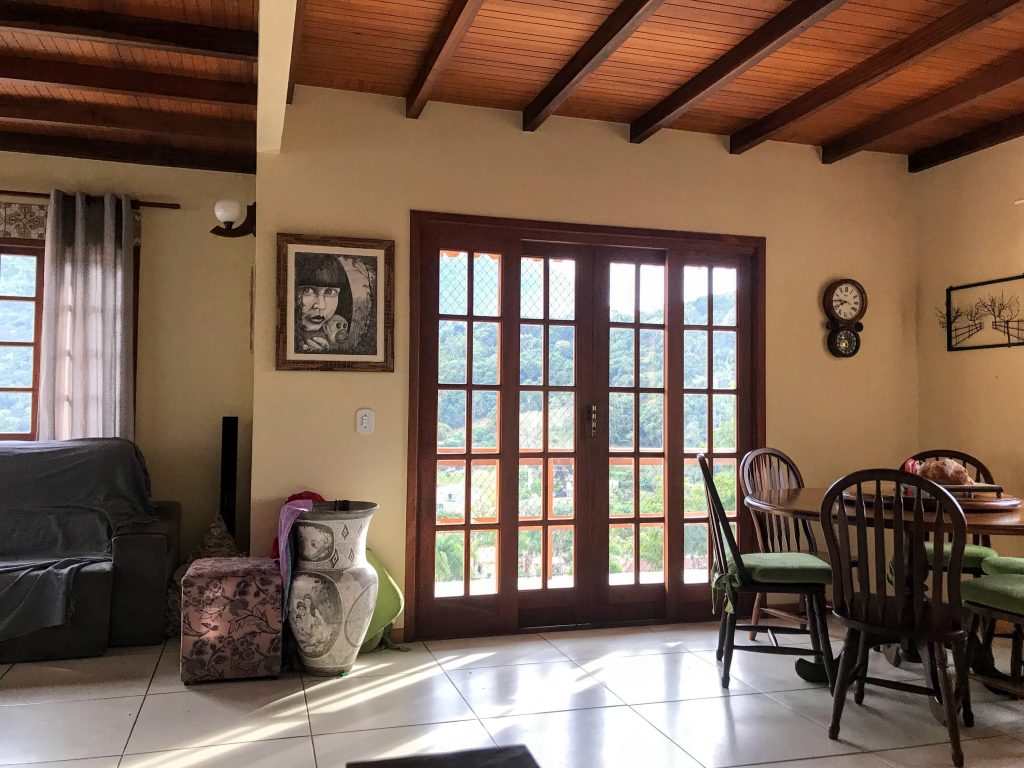
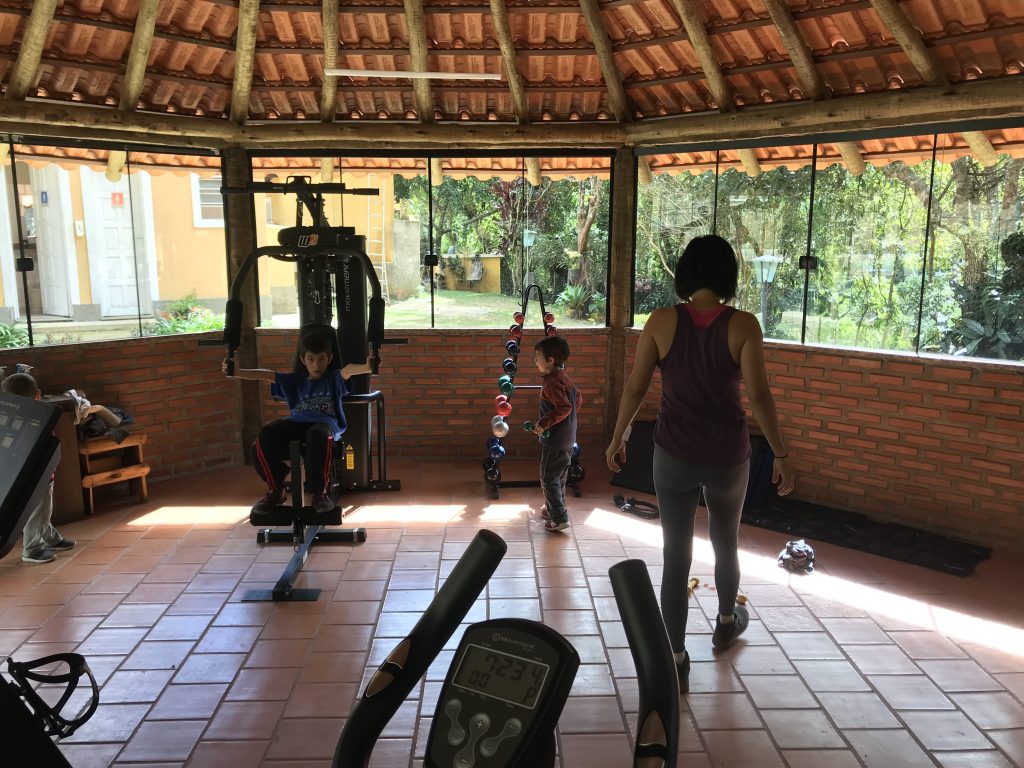
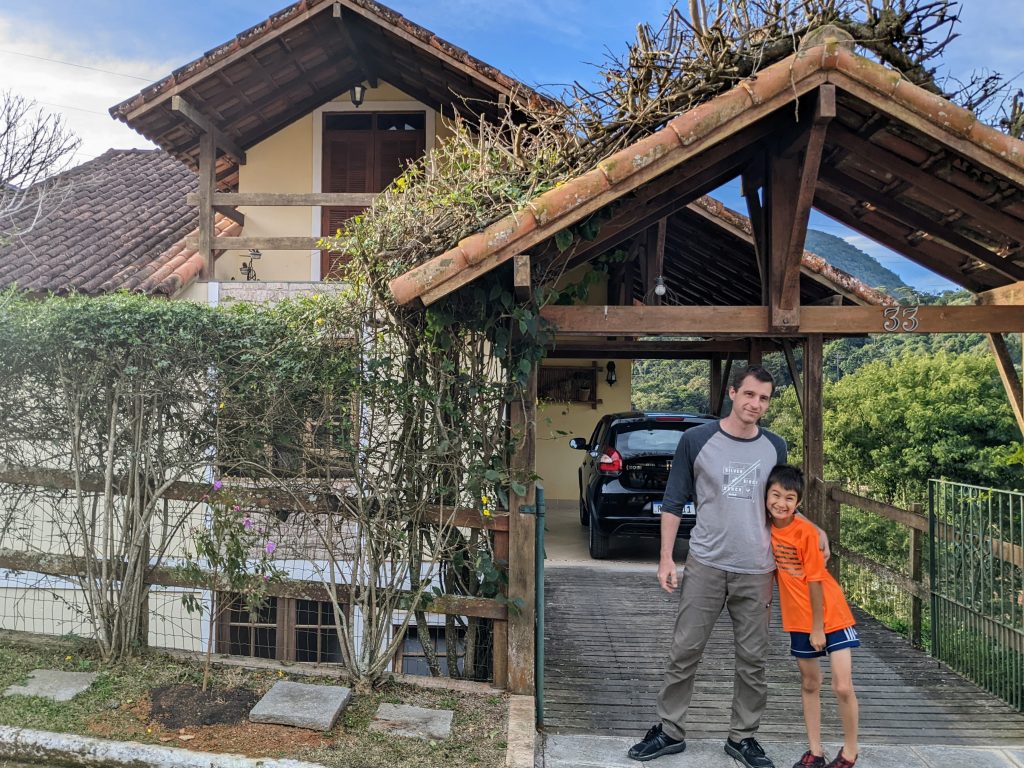
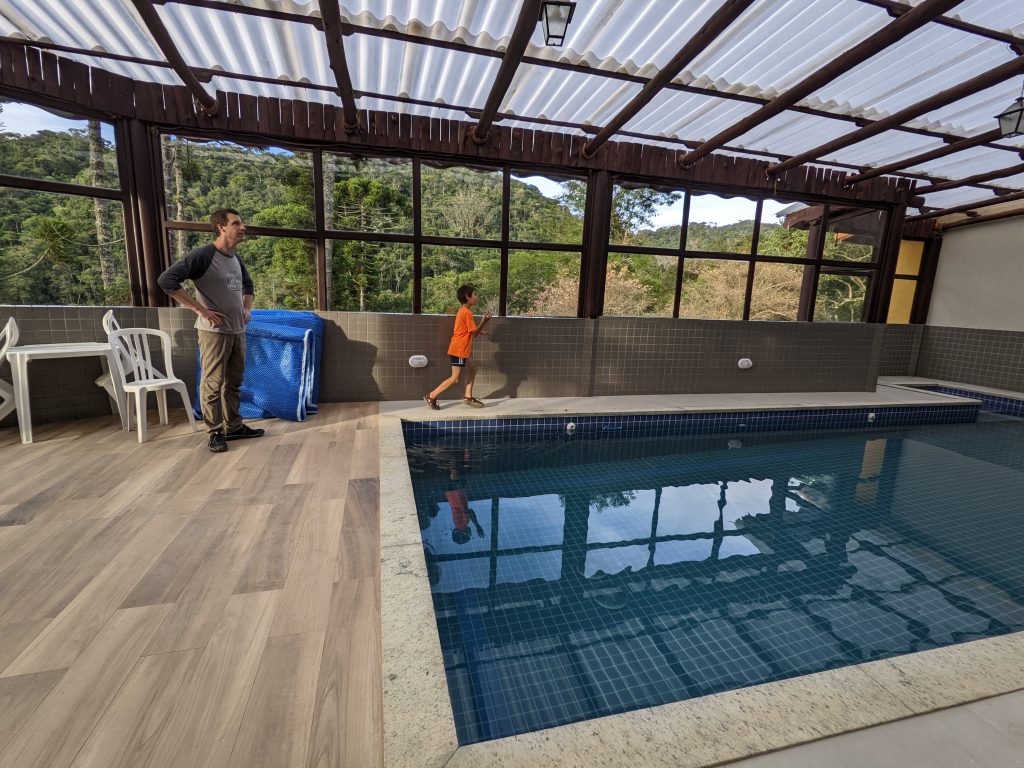
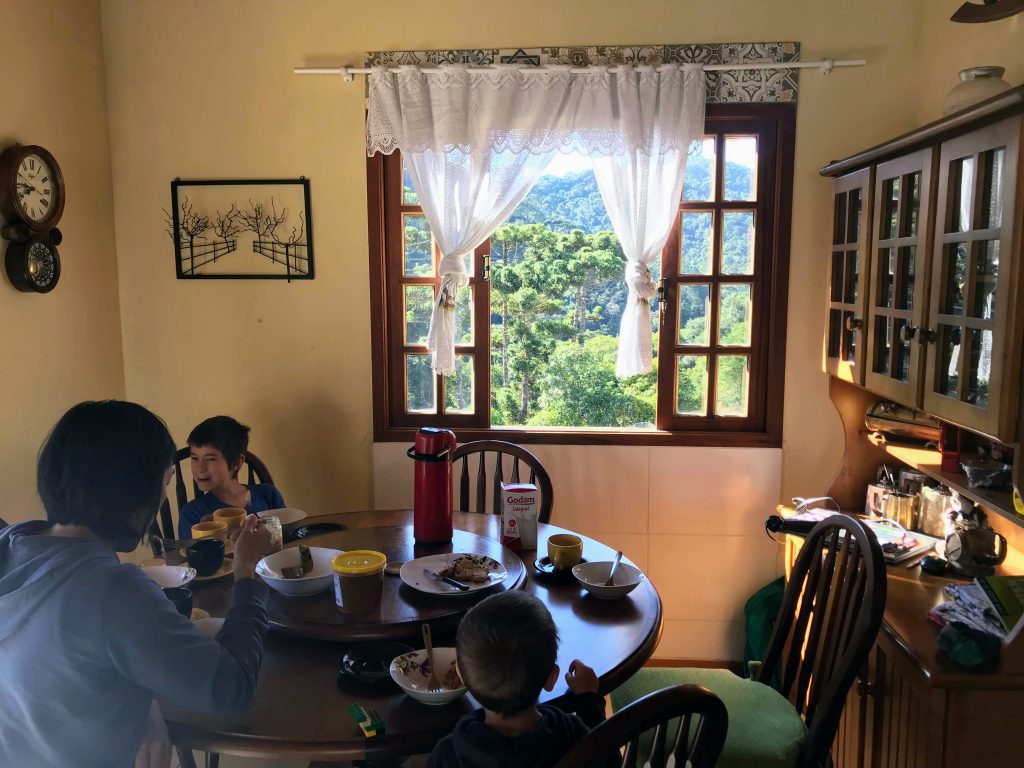
High Cost, Low Quality
You can’t win them all. Sometimes you have no choice but to shell out cash for unappealing shelter.
Hotel Room With Mold on Ceiling – La Quiaca, Argentina – $60 per Night
We screwed up and got stuck in this border town during Carnaval. Read the full story here. Or you can read my oldest son’s version. Given the circumstances, we were happy to find anything at all.
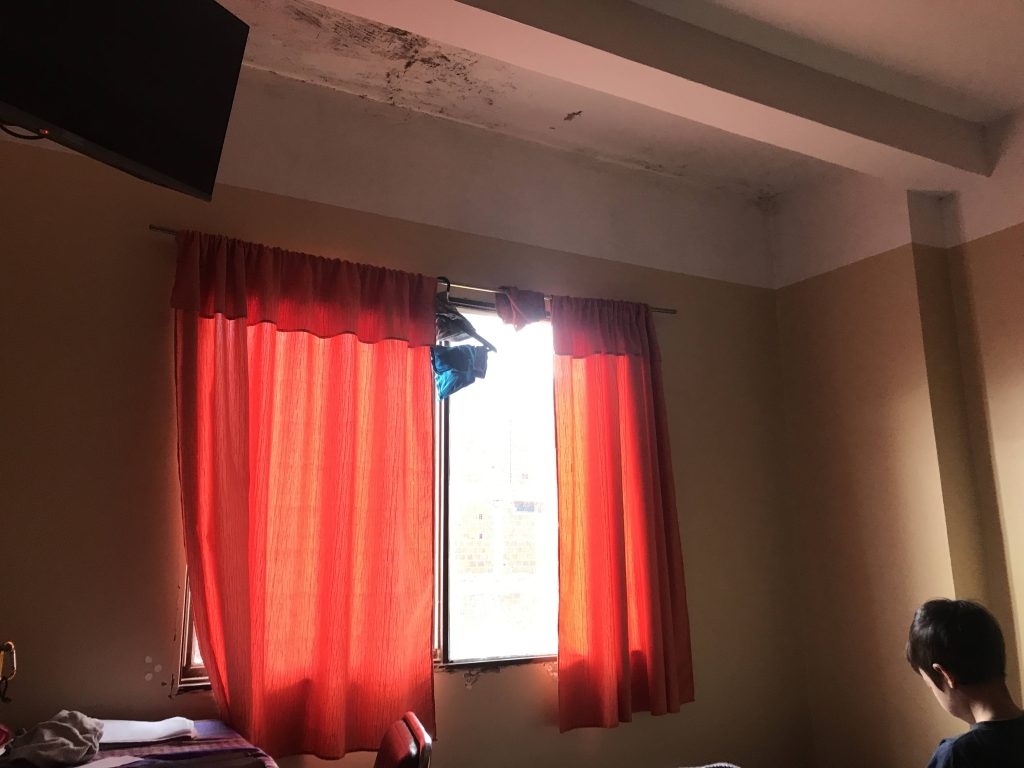
Lackluster Former Hostel in Touristy Beach Town – Nosara, Costa Rica – $127.81 per Night
This was one of our most expensive bookings and one of our least liked. The listing had no reviews, but the photos suggested a fun and comfortable tropical paradise. We decided to take a chance and splurge on the last stay of our year of travel. We lost that gamble.
The place was not as nice as the photos. There was no way to close off the main area, so neighborhood dogs snuck in and took our things. The kids each took their turn twisting their ankle in the large gap between the deck and the floor. Several amenities were either deteriorated beyond use (the foosball table) or nonexistent (the TV).
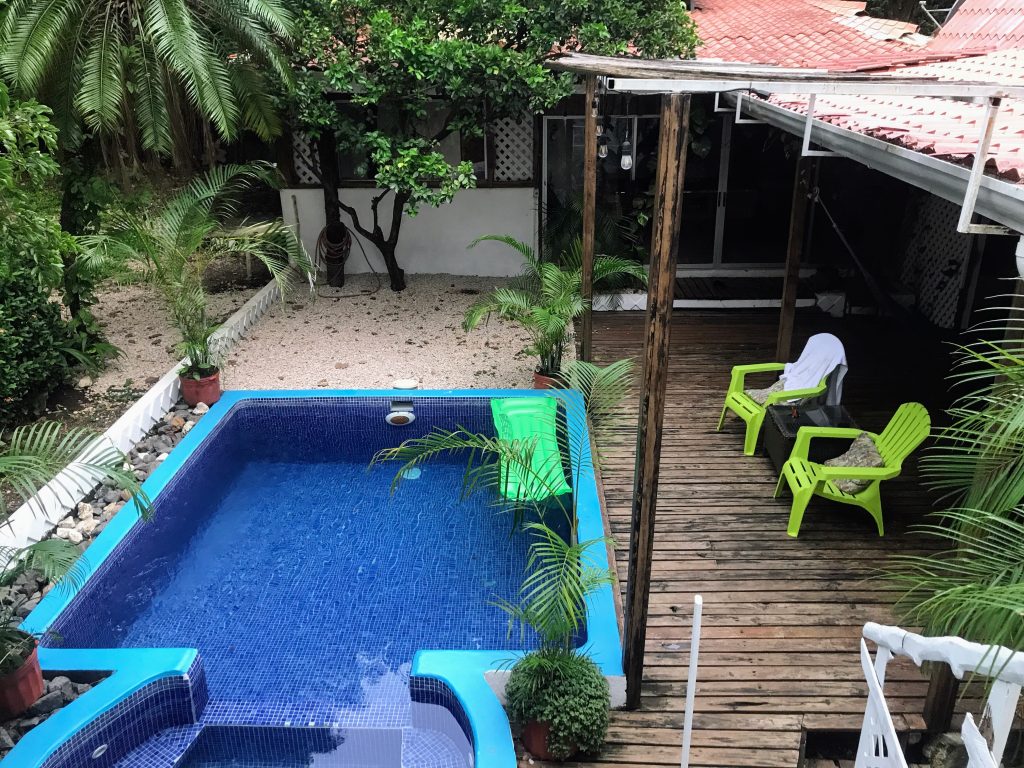
Cost By Country
What about differences among countries? Did differences in cost of living and income affect our travel lodging expenses? The answer is yes, but this chart given below suggests the opposite — no correlation whatsoever. So, again, I will have to do some explaining.
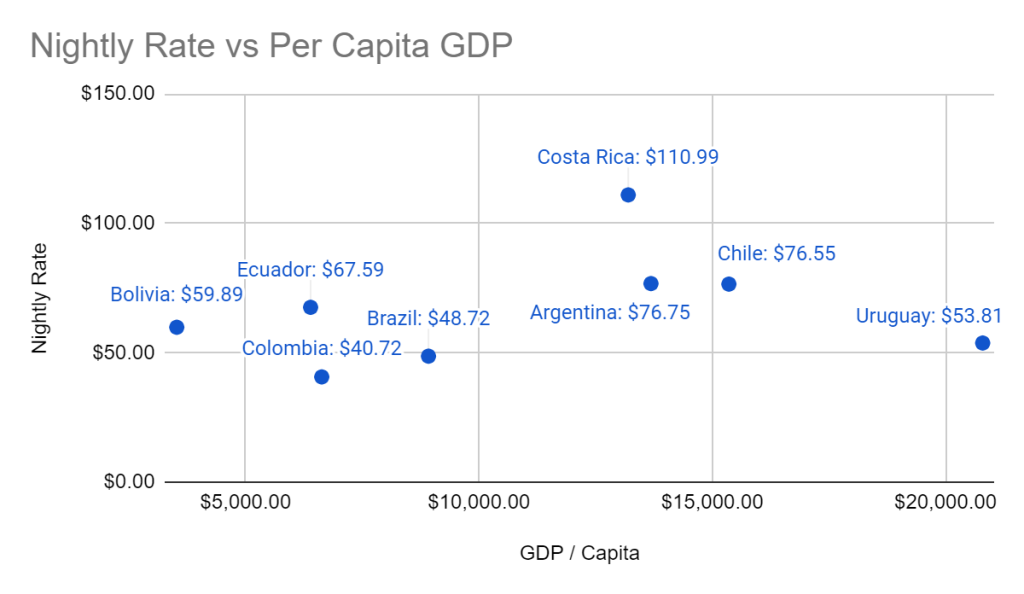
** Yes, I’m aware that Costa Rica is not in South America, but it was part of our trip, so I included it.
The reasons for this are similar to the ones I gave previously while looking at cost by lodging type. When costs were low, we splurged. When they were high, we lowered our standards. What resulted was a flattening of costs, but wildly different experiences in comfort and quality.
We also travelled each country very differently. In some we stayed so long we were practically residents. In Colombia and Brazil we stayed for a month (or months) at a time. Consequently, we got by cheaper. We moved at a quicker pace through Argentina, Chile and Ecuador, where we often spent a mere handful days in each place.
Bolivia and Uruguay, at opposite ends of the GDP spectrum, are slightly inverted when it came to nightly cost. That’s because we lived humbly in Uruguay and like royalty in Bolivia.
Costa Rica was just expensive. Period.
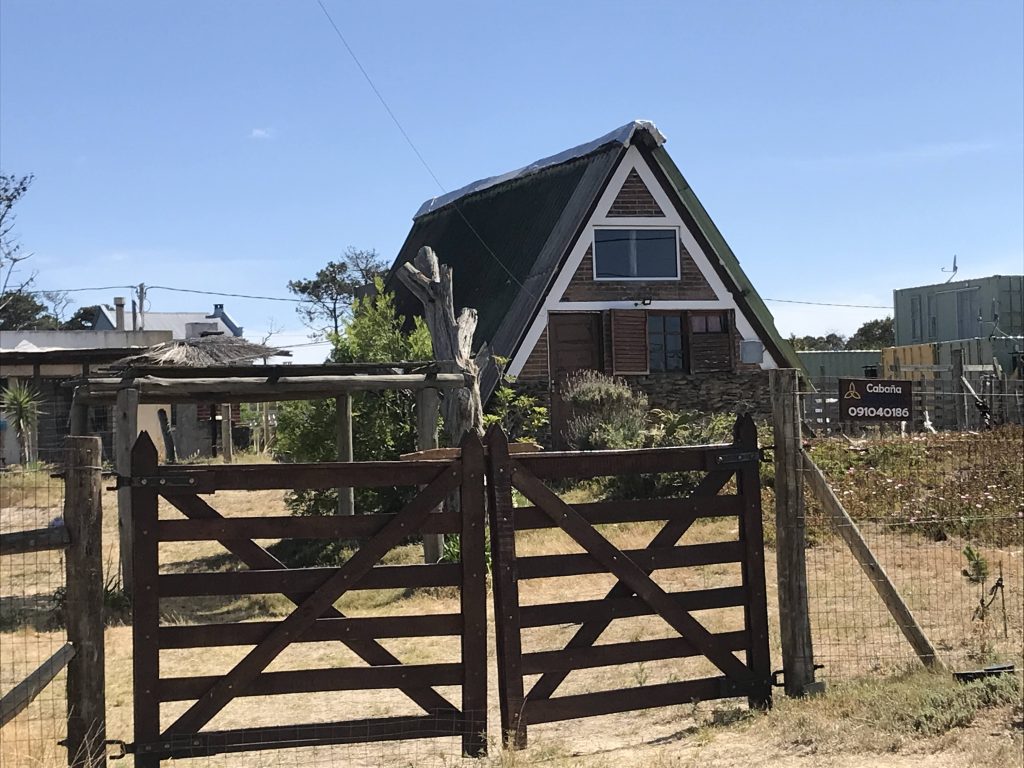
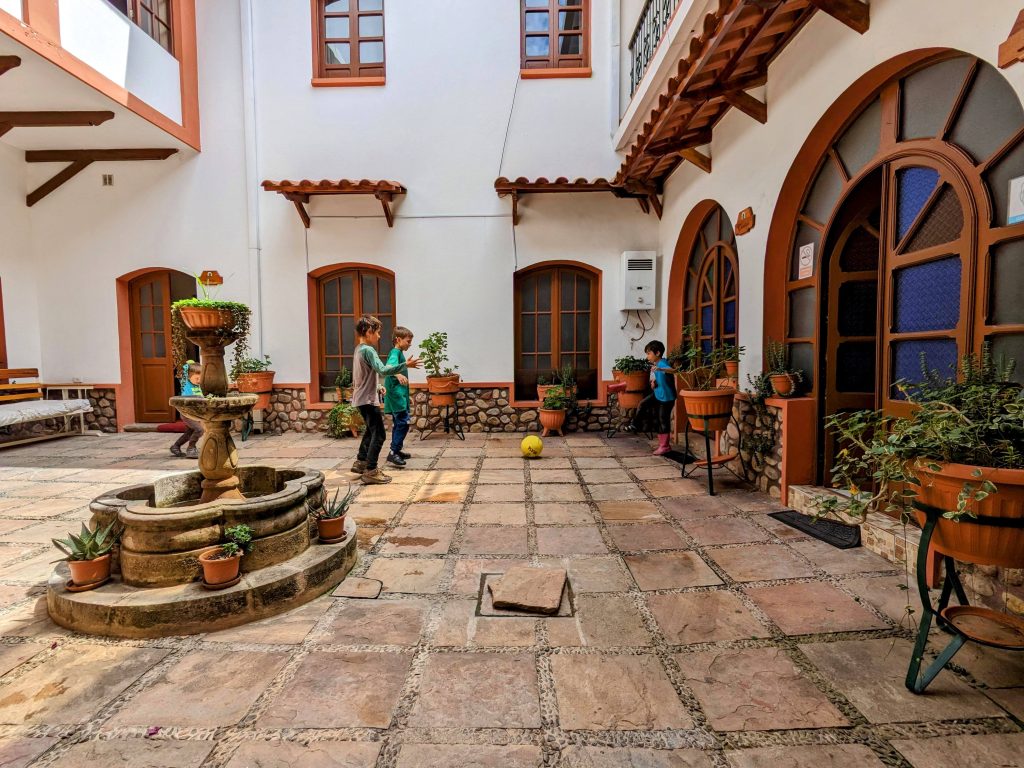
Cost By Length Of Stay
Up until now, I’ve hinted that length of stay is a major factor in price. So now let me address it head on.
Airbnb and other booking sites make it easy for hosts to give discounts for longer stays. Usually discounts are activated at a week, and then become even steeper at a month. Week or month stays can significantly lower your costs. It is a benefit to the host as well because they get a long break from welcoming guests, cleaning, and so forth.
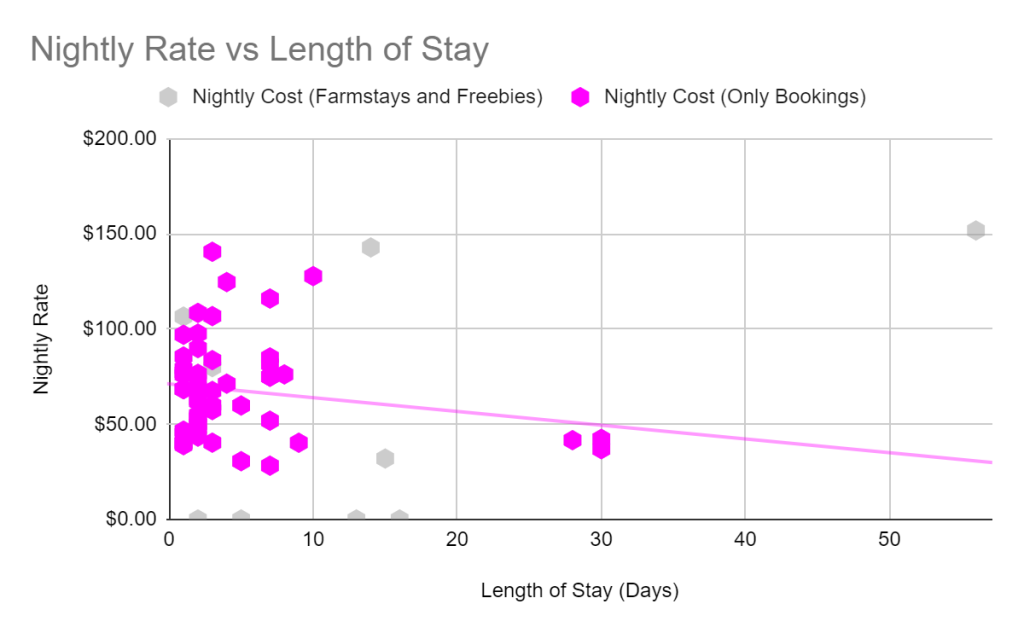
At the shorter end, our prices are all over the place. Higher rates do not correlate with luxury digs. It was always more a matter of what was available.
On the longer end, you see a pattern emerge. Long stays equal big savings.

Main Takeaways
Traveling South America is Very Economical
To put this in perspective, my house in a non-touristy working class neighborhood about as far from Chicago’s city center as a suburb can be, still fetches significantly more on Airbnb than our most expensive stay during our gap year. Our total cost for lodging was on par with the annual cost of living in our own home including mortgage, taxes, insurance and utilities.
When You Find a Great Deal, Stay Awhile
When you find paradise at $40 per day for a family of five, pause and enjoy it. Don’t be in a hurry to move on.
You Don’t Have to Sacrifice Comfort for Savings (Well, At Least Not All the Time)
For the vast majority of the time we had it good. Usually, it was easy on the wallet. For the rest of the time, let’s just say it was an adventure.



